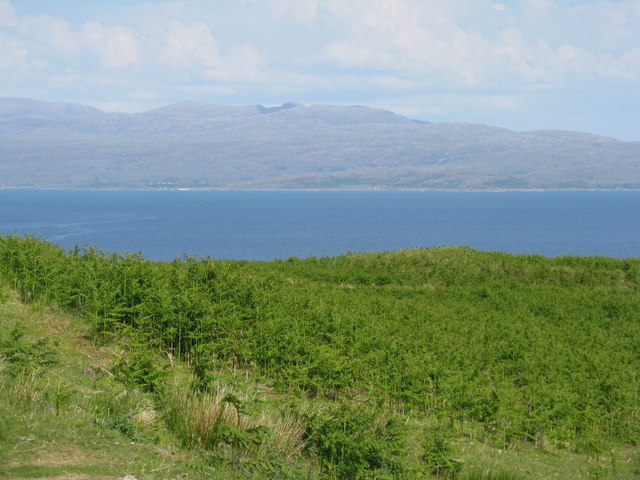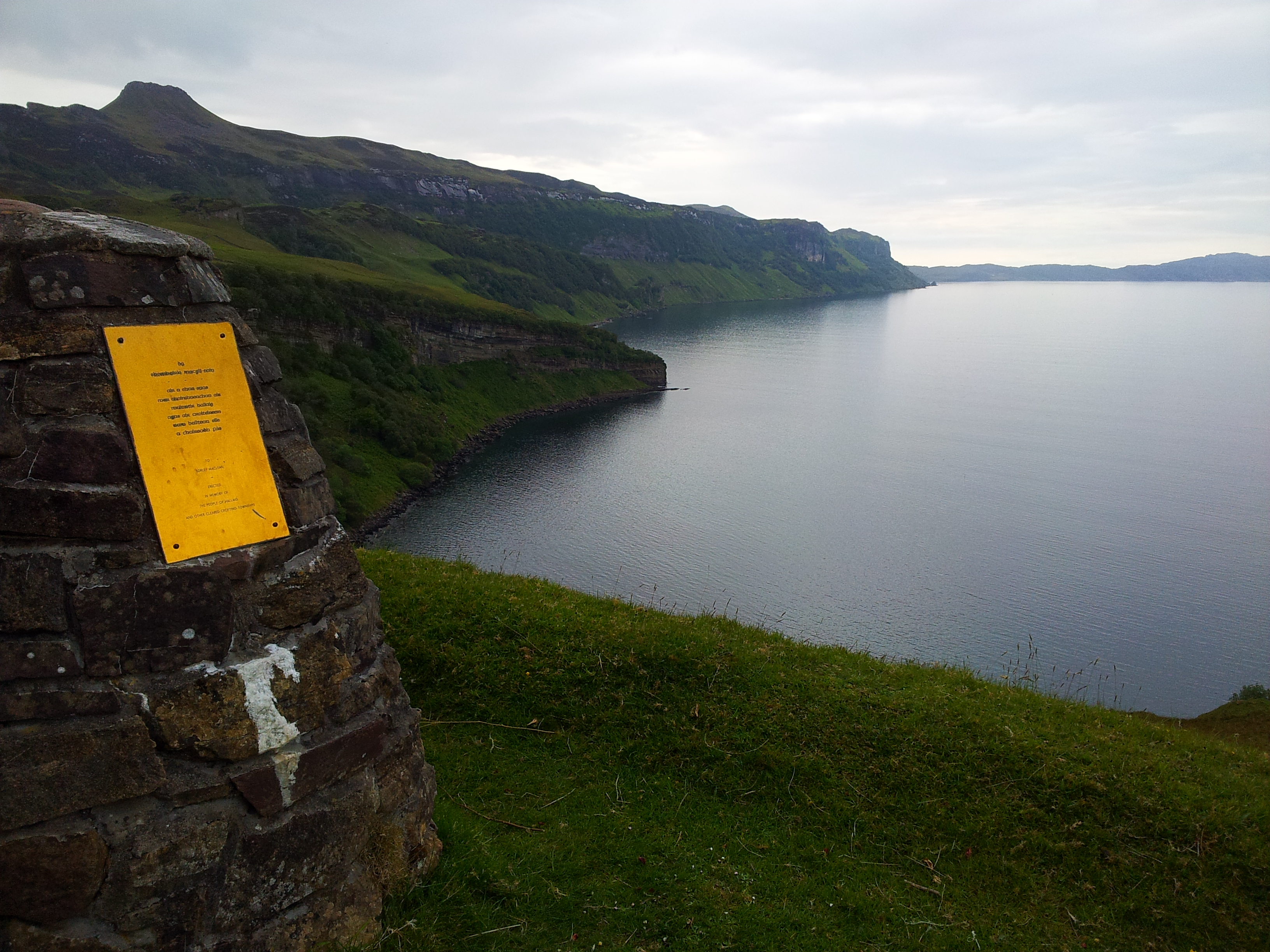Gualann na' Leac
Coastal Feature, Headland, Point in Inverness-shire
Scotland
Gualann na' Leac

The requested URL returned error: 429 Too Many Requests
If you have any feedback on the listing, please let us know in the comments section below.
Gualann na' Leac Images
Images are sourced within 2km of 57.367043/-5.9964629 or Grid Reference NG5937. Thanks to Geograph Open Source API. All images are credited.





Gualann na' Leac is located at Grid Ref: NG5937 (Lat: 57.367043, Lng: -5.9964629)
Unitary Authority: Highland
Police Authority: Highlands and Islands
What 3 Words
///lordship.variety.quickly. Near Portree, Highland
Nearby Locations
Related Wikis
Hallaig
Hallaig is the most recognized poem of Sorley MacLean, an important Scottish poet of the 20th century. After writing it, MacLean rose to fame in the English...
Raasay
Raasay (; Scottish Gaelic: Ratharsair) or the Isle of Raasay is an island between the Isle of Skye and the mainland of Scotland. It is separated from Skye...
Inverarish
Inverarish (Scottish Gaelic: Inbhir Àrais) is a village that is the main settlement of the Isle of Raasay, in the civil parish of Portree, in the council...
Isle of Raasay distillery
Isle of Raasay distillery is a Scotch whisky distillery on the Inner Hebridean Isle of Raasay in Northwest Scotland. The distillery is owned by R&B Distillers...
Nearby Amenities
Located within 500m of 57.367043,-5.9964629Have you been to Gualann na' Leac?
Leave your review of Gualann na' Leac below (or comments, questions and feedback).















